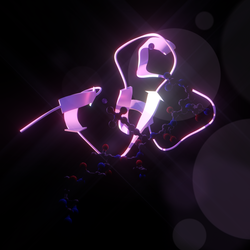| ING1 | |||||||||||||||||||||||||||||||||||||||||||||||||||
|---|---|---|---|---|---|---|---|---|---|---|---|---|---|---|---|---|---|---|---|---|---|---|---|---|---|---|---|---|---|---|---|---|---|---|---|---|---|---|---|---|---|---|---|---|---|---|---|---|---|---|---|
 | |||||||||||||||||||||||||||||||||||||||||||||||||||
| |||||||||||||||||||||||||||||||||||||||||||||||||||
| Identifiers | |||||||||||||||||||||||||||||||||||||||||||||||||||
| Aliases | ING1, p24ING1c, p33, p33p33ING1b, p47, p47ING1a, inhibitor of growth family member 1 | ||||||||||||||||||||||||||||||||||||||||||||||||||
| External IDs | OMIM: 601566; MGI: 1349481; HomoloGene: 40119; GeneCards: ING1; OMA:ING1 - orthologs | ||||||||||||||||||||||||||||||||||||||||||||||||||
| |||||||||||||||||||||||||||||||||||||||||||||||||||
| |||||||||||||||||||||||||||||||||||||||||||||||||||
| |||||||||||||||||||||||||||||||||||||||||||||||||||
| |||||||||||||||||||||||||||||||||||||||||||||||||||
| |||||||||||||||||||||||||||||||||||||||||||||||||||
| Wikidata | |||||||||||||||||||||||||||||||||||||||||||||||||||
| |||||||||||||||||||||||||||||||||||||||||||||||||||
This gene encodes a tumor suppressor protein that can induce cell growth arrest and apoptosis. The encoded protein is a nuclear protein that physically interacts with the tumor suppressor protein TP53 and is a component of the p53 signaling pathway. Reduced expression and rearrangement of this gene have been detected in various cancers. Multiple alternatively spliced transcript variants encoding distinct isoforms have been reported.[7]
One of the isoforms of ING1 (p33(ING1) is involved in the modulation of DNA repair.[8] It appears that p33(ING1) cooperates with p53 in nucleotide excision repair.[8] Also, proliferating cell nuclear antigen (PCNA) interacts with p33(ING1b) in the elimination of UV-damaged cells through the induction of programmed cell death (apoptosis).[9]
ING1 is located near the following genes on Chromosome 13
ING1 has been shown to interact with:
This article incorporates text from the United States National Library of Medicine, which is in the public domain.